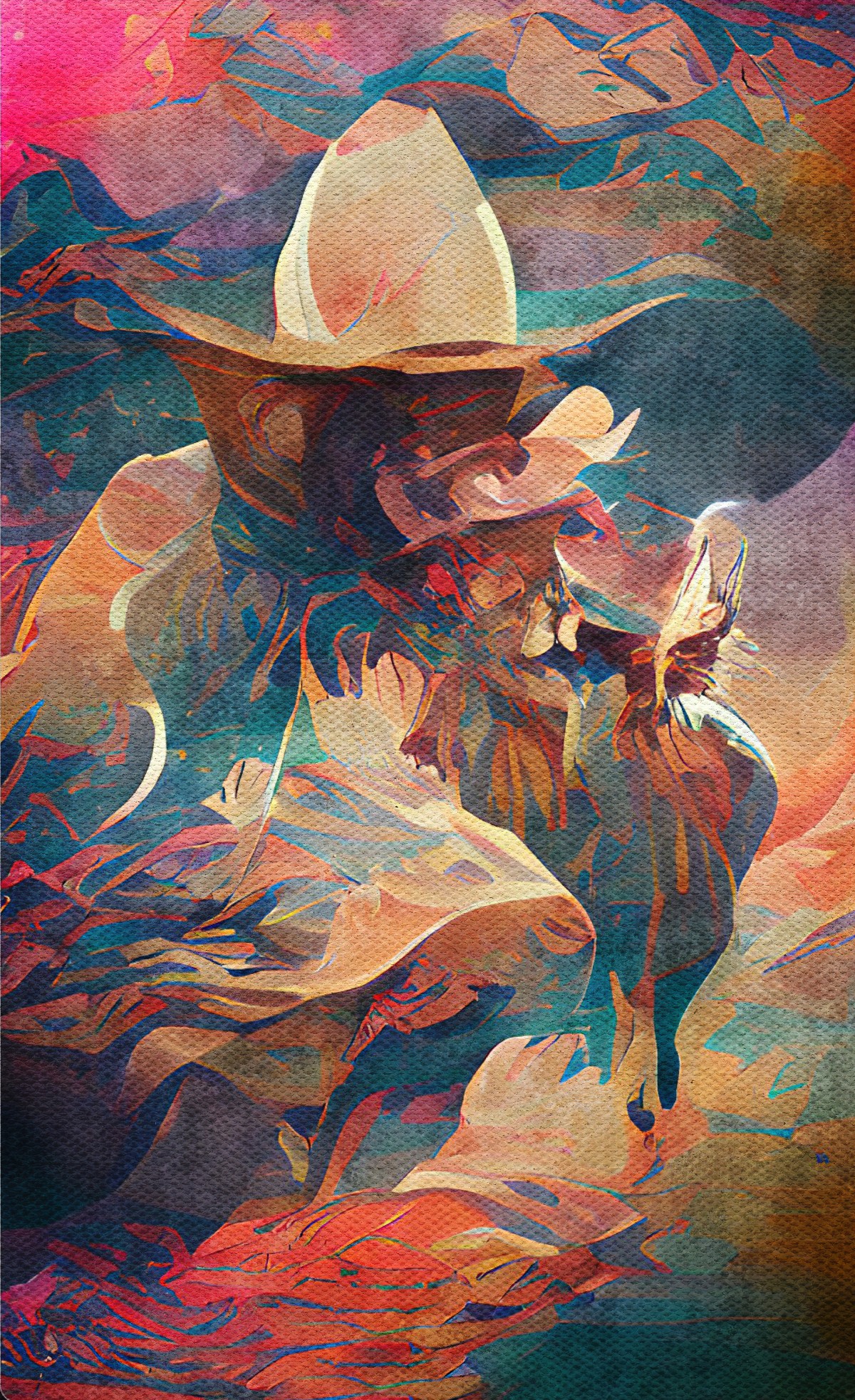“The Mud Below” was first published in the 1998 summer issue of The New Yorker and is the second short story in Proulx’s Close Range collection, retitled Close Range: Brokeback Mountain And Other Stories after the movie adaptation.
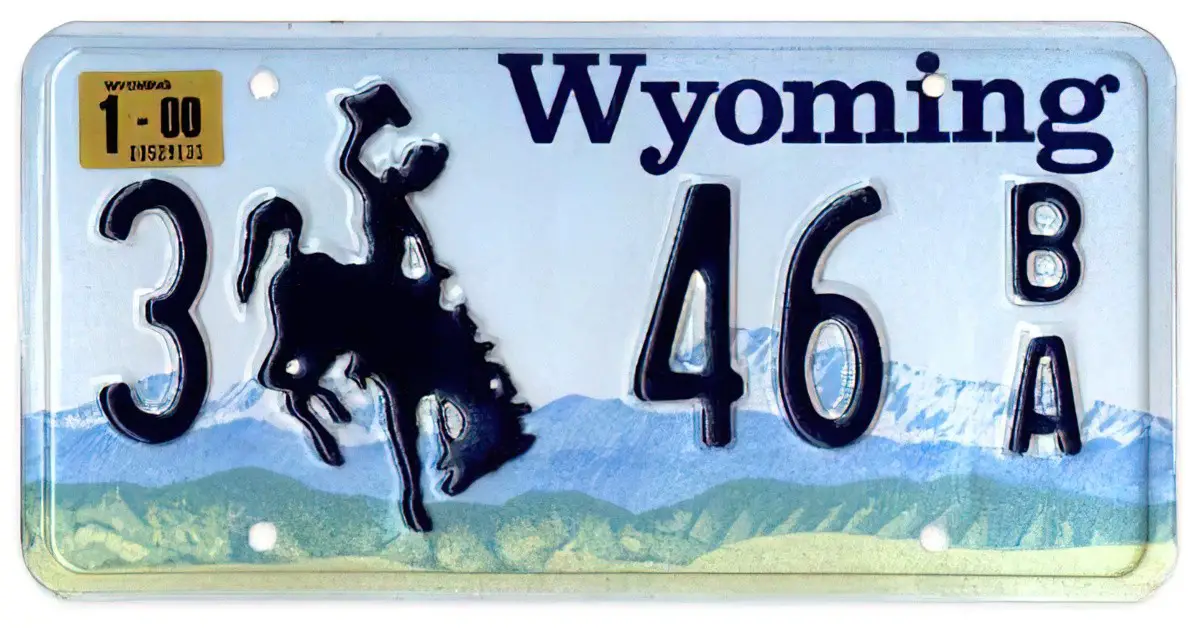
It was the super popular S-Town podcast that made me return to this collection of Wyoming stories by Annie Proulx. I read Close Range about 10 years ago and had forgotten all but the most brutal scenes. But I was moved to revisit after learning our real-life tragic hero of S-Town, John McLemore, calls this collection “the grief manual” and was in the habit of reading the entire collection over and over.
As evidenced by John McLemore’s identification with Proulx’s characters, these stories pack a powerful punch with men. They are written in a specifically masculine voice. Not only that, they’re about male culture. “The Mud Below” is a case in point — our tragic hero Diamond Felts is a rodeo performer. Women exist only peripherally in that scene. We all know a good writer has to be “genderless”. That’s often said. But can you think of any iconic male writers who have so successfully portrayed specifically female arenas, over and over? What Annie Proulx has done here is truly amazing. She is able to cross gender boundaries better than anyone else I can think of, and it’s a skill that’s almost expected of female writers rather than admired as something extra. Historically, men write about men; women write about men and women.
Does Annie Proulx write about women, though? These stories are all about men, with women on the periphery. What Proulx does so well is she manages to write about masculine culture while at the same time setting that against femininity. Here we might read the landscape as ‘feminine’. Animals, too, are associated with femininity. According to these try-hard cowboys, animals, the landscape, and also women themselves are there to be tamed and conquered.
SETTING
Late 90s, Texas/Oklahoma/Wyoming area of America — what’s known as “The mountain circuit”. Our main character’s hometown is Redsled, Wyoming. (Redsled itself is fictional; everything about Wyoming feels real.) Redsled has ‘the pawnshop, the Safeway, the Broken Arrow bar, Custom Cowboy, the vacuum cleaner shop’.
The rodeo itself is painted as somewhat ridiculous, linked to a ‘clown’. The canon firing coincides with actual thunder drowning out whatever drama the MC is trying to drum up — against nature, this fake-conflict is ultimately futile. Consider the rodeo ride as a metaphor for Diamond’s passage through life.
Like all of Proulx’s stories, the sky gets as much attention as the landscape. Big skies are a feature of sparsely populated areas so that makes sense. But emphasis on big skies also serves another purpose: To underscore the insignificant trials and tribulations of the very-human characters living under it.
Annie Proulx depicts (to this reader, at least) a toxically masculine, misogynistic, homophobic, mock-wartime culture which nevertheless has enough glamour to draw in young beta-males as they come of age.
STORY STRUCTURE OF “THE MUD BELOW”
Rodeo guys spend a lot of time on the road and most road stories have mythic structure. This one is no exception: Go on a journey to find yourself, encounter a mixture of allies and opponents along the way, return home (or find a new home) a changed man. These stories can have either a tragic or a happy ending. But it doesn’t take a keen eye to guess from the first paragraph to predict the tragic demise of Diamond Felts.
SHORTCOMING IN “THE MUD BELOW”
Diamond Felts is a caricature of the modern American cowboy. But I recognise the character even though I read this story from Australia. I recognise the struggling, low-income, rural mother who wants more for her children. Through sheer grift and cunning she might lift herself out of poverty and she assumes progress only marches forward. But her children — and perhaps sons in particular, who distance themselves from their mothers — are acculturated mainly by their environs. Mothers really only have their sons until they hit adolescence. If you want to remove your son from Redneck culture (or Bogan culture, as Australians might see it), you really have to shift him right out of his milieu. And that, of course, is not often possible.
Diamond’s ‘ghost’ (also known as ‘flaw’) is that he has no father. Nor will he accept the father his mother designated for him.
He is also the size of a small woman, which leads to a case of what’s commonly known as ‘short man syndrome’. As a young man the nicknames and jibes provoke anger, but as he ‘matures’ he only learns to suppress the anger, pretending to laugh along — not true growth but a mask.
In any story where the character wears a mask, expect the mask to come off during the Battle.
As you can see, Diamond Felts has very strong psychological shortcomings as well as moral shortcomings. He treats others terribly. The most realistic-feeling heroes will have both.
Is it wrong to use the word ‘hero’ when it comes to Diamond Felts. Some people prefer the concept of anti-hero. An antihero is a hero who lacks the attributes society accepts as moral and good. An antihero is a leading character in a story. The story is set up so that the audience cheers him on, though we are probably encouraged to question our own values at some point in the story. On the other hand, film critic Howard Suber argues that there is no such thing as an antihero, only those who act heroically and those who do not. He says that the word ‘antihero’ makes it sound like a character who is ‘anti’ (against) the hero, but this is not the case. Characters called ‘antiheroes’ are generally characters who are ‘not yet heroes’. Perhaps Suber would prefer the term ‘unhero’.
Does Proulx write fully rounded characters? Some argue that she writes caricatures and stereotypes — not in itself a criticism — not if you’re writing about a community, or criticising an idea. The name of Diamond Felts (reminiscent of diamantes and cheap cowboy hats) suggests caricature. Another word for him might be ‘mock hero’. Whatever kind of caricature he is, though, he is fleshed out by his double layered shortcoming, psychological and moral. This prevents the caricature from being boring.
DESIRE IN “THE MUD BELOW”
Surface level reading: Diamond wants to join the rodeo circuit.
Deeper reading: Diamond wants to distance himself from everything weak and feminine, appealing to the tallest women by doing the most manly thing he can think of: risking life and limb on a regular basis, and garnering plaudits in a (mock) cowboy culture.
OPPONENT IN “THE MUD BELOW”
A lot of stories have both a human opponent and an ‘opponent of nature’. While the opponent of nature can kill you, the human stands in the way of you achieving your desires. This story has both, as well as a bunch of others Diamond meets along the ‘road’ in what is basically an Odyssean myth structure.
The main human opponent is his mother, who is vehemently opposed to her son joining the rodeo. She’s worked hard, with her sons at the forefront of her life, to offer them opportunities outside the redneck culture which surrounds them. As ever, the story includes a large dose of irony. It is ironic that Diamond’s mother does not want a cowboy life for her sons but runs a shop selling cowboy trinkets and souvenirs. She obviously understands the value of the Old West nostalgia because she sells it to tourists.
Diamond’s friends are alternately allies and opponents, depending on the situation — much like the superficial, situationally-oriented relationships some people really do have when they’re not good people. There’s Leecil Bewd, an ally until he quits rodeo and encounters bad luck (at which point the fairweather Diamond drops him as a friend).
Myron Sasser stands against everything Diamond lives for, and confronts him about his lifestyle and how he treats other people. Myron points out that Diamond doesn’t make a clear enough distinction between himself and the bull. Remember Diamond’s first bull is called Little Kisses, “big as a boxcar of coal.” Little, big. Both adjectives also apply to Diamond himself — small statured, big plans for himself.
PLAN IN “THE MUD BELOW”
Diamond is hellbent on joining the rodeo and he leaves home to attend bullriding school in California. He will listen to no one, not his mother and not even his much younger brother who looks up to him.
He then starts running the Mountain Circuit.
His mother has a counter-attack. She takes him to see Hondo Gunsch, a rodeo guy who was badly injured and who has been cleaning saddles since the age of 26, now a brain-damaged and physically deformed old man with a scarred face.
This only makes Diamond angry and more determined. That’s generally how stories work — the opponent’s counter plan only serves to fortify his/her plans.
BIG STRUGGLE IN “THE MUD BELOW”
Top level big struggle: predictably, inevitably, Diamond is thrown off a bull badly. Proulx demonstrates what’s often called a ‘deterministic’ world view in her stories. Of course the characters are never going to be a good fit for their harsh environment. Whatever they aspire to, of course they can’t live up to it.
“Jesus CHRIST!” The pain was excruciating and violent. The tears rolled down his hot face and he couldn’t help it.
Lower level big struggle: Between Diamond’s real world situation as bottom of the heap and his desire to live by the cowboy code.
“Cowboy up,” said the doctor sardonically.
ANAGNORISIS IN “THE MUD BELOW”
Like a lot of short stories, the story actually ends at the anagnorisis — anything garnered about Diamond’s New Situation has already been deduced.
It was all a hard, fast ride that ended in the mud.
But there is no real anagnorisis. No character arc, just a change in circumstances. In another sort of story the mirror scene would have been the bit where the character realises something about themselves, but Annie Proulx’s worldview is more cynical than that. If Diamond has any sort of realization, it’s just a confirmation of his pessimistic worldview. Reminded of the castration on the farm as a teenager, Diamond realizes that ‘the course of life’s events seemed slower than the knife but not less thorough’. In other words, life emasculates you, slowly.
NEW SITUATION IN “THE MUD BELOW”
“Right hand’s all he’s got. Dislocated shoulder, it’s not just a question of pop it back in and away you go. He could need surgery. There’s injured ligaments, internal bleeding, swelling, pain, could be some nerve or blood vessel damange. He’s hunrting. He’s going to be eating aspirin by the handful….”
Diamond’s doctor
The doctor’s dialogue also reveals that Diamond is unable to drive; nor does he have any insurance. In America, this means his life is basically over.
He goes back to Redsled for the hot springs, better for his ailing body. (Wyoming is well-known for its hot springs tourist attractions.) Our mythic (mock) hero does return home after all, but a changed — tragic — figure.
Proulx makes use of a mirror scene to show us how Diamond looks now:
Diamond saw himself in the spotted mirror, two black eyes, bloody nostrils, his abraded right cheek, his hair dark with sweat, bull hairs stuck to his dirty, tear-streaked face, a bruise from armpit to buttocks.
Notice that motif about the bull inhabiting Diamond (or vice versa). Even now, he sees parts of the bull on his very own face.
“The Mud Below” is the second story in the Brokeback Mountain anthology, which makes the positioning interesting because in the first (The Half-Skinned Steer), Annie Proulx gives us an entire life — that of Mero Corn — spanning the ages of 12 and 83. Here we last see Diamond when he is still young, but she might as well be writing about an old man. Diamond is covered in scars and wracked with injuries. We are to read this as a ‘lifetime’ saga.
We can extrapolate that nothing much is going to change for Diamond after this.
THE SIGNIFICANCE OF THE TITLE OF “THE MUD BELOW”
Top level reading: Our mock hero is thrown off a bull and ends up in ‘the mud below’. Obviously that’s not all.
What’s with the mud? You may have seen the 2012 film called Mud starring Matthew McConnaughey (as a character called Mud), set in the reasonably nearby arena of Mississippi. So I looked to see what people have said about the symbolism of mud in that. Below is one interpretation, starting first with the top level symbolism, digging deeper and finally considering the intertextuality of the Bible:
The main character’s name is Mud. It functions on the most basic level as a mere descriptor: his hands get dirty in the course of the film as he fends for himself on an isolated island and repairs a storm-wrecked boat that is his temporary shelter. Of course, his hands are already sullied by the blood he has spilled before the story begins. That said, even Mud’s old acquaintances, notably Tom Blankenship (his surrogate father), call him by this name, so the murder doesn’t change his identification; it only reifies it. Mud is, figuratively and morally, dirty, worthless, and possibly even polluting. He will also be returned to the mud if he is caught by the men who are hunting him down—“for you are dust, and to dust you shall return” (Genesis 3:19).
To press this point a little further, it seems that Mud may be an allusion to Adam, the first man. Consider Robert Alter’s explanation of his word choice of human and hummus in his translation of Genesis 2:7: “The Hebrew etymological pun is ’adam, ‘human,’ from the soil, ’adamah.” Is Mud Adam? Or perhaps an Everyman?
Note and Query blog
Is any of this relevant to Proulx’s quite different story, “The Mud Below”? Well, when it comes to Annie Proulx we should be thinking about the Bible. Christian thought informs her work, and motivates her characters. Almost 20 years later, 71% of the population of Wyoming is Christian. It is possible that by associating Diamond Felts with mud Proulx is linking him to Adam and therefore to the everyman. What do you think? I find this a bit of a reach.
The story itself gives a clue about the meaning of mud.
“I worked like a fool to bring you boys up in town, get you out of the mud, give you a chance to make something out of yourselves.”
Kaylee, Diamond’s mother
The words mud and dirt are used when referring to Diamond’s childhood experiences, associating the word with his poor origins:
- hoof-churned mud
- dirty chaps
- manure-caked animals, mud, dirt, lifting, punching the needle, the stink of burning hair
- losers who live on dirt road ranches
- mud is linked with sex/betrayal
If mud equals ‘the poverty class’, ‘below’ makes perfect sense. Diamond never makes it out of the poverty class.
I also feel ‘the mud below’ is a reference to Diamond’s inner self — his underlying psychology versus the big-man persona he presents to the world. Underneath, he is a selfish, unconfident person, working in a mock-heroic profession with little in the way of real benefits (such as, say, health insurance).
COMPARE AND CONTRAST WITH “THE MUD BELOW”
Larry McMurtry wrote about the rodeo circuit in his so-called Texas novels (the best-known being Terms of Endearment) but “The Mud Below” reminds me the most of Horseman, Pass By (adapted for film as Hud), because of the unsympathetic male character who treats people, especially women, badly. Both Hud and Diamond have much younger (and better) brothers who look up to them. Like Diamond Felts, the audience leaves Hud when he is chronologically in his prime, but ‘crippled’ and isolated as an old man.
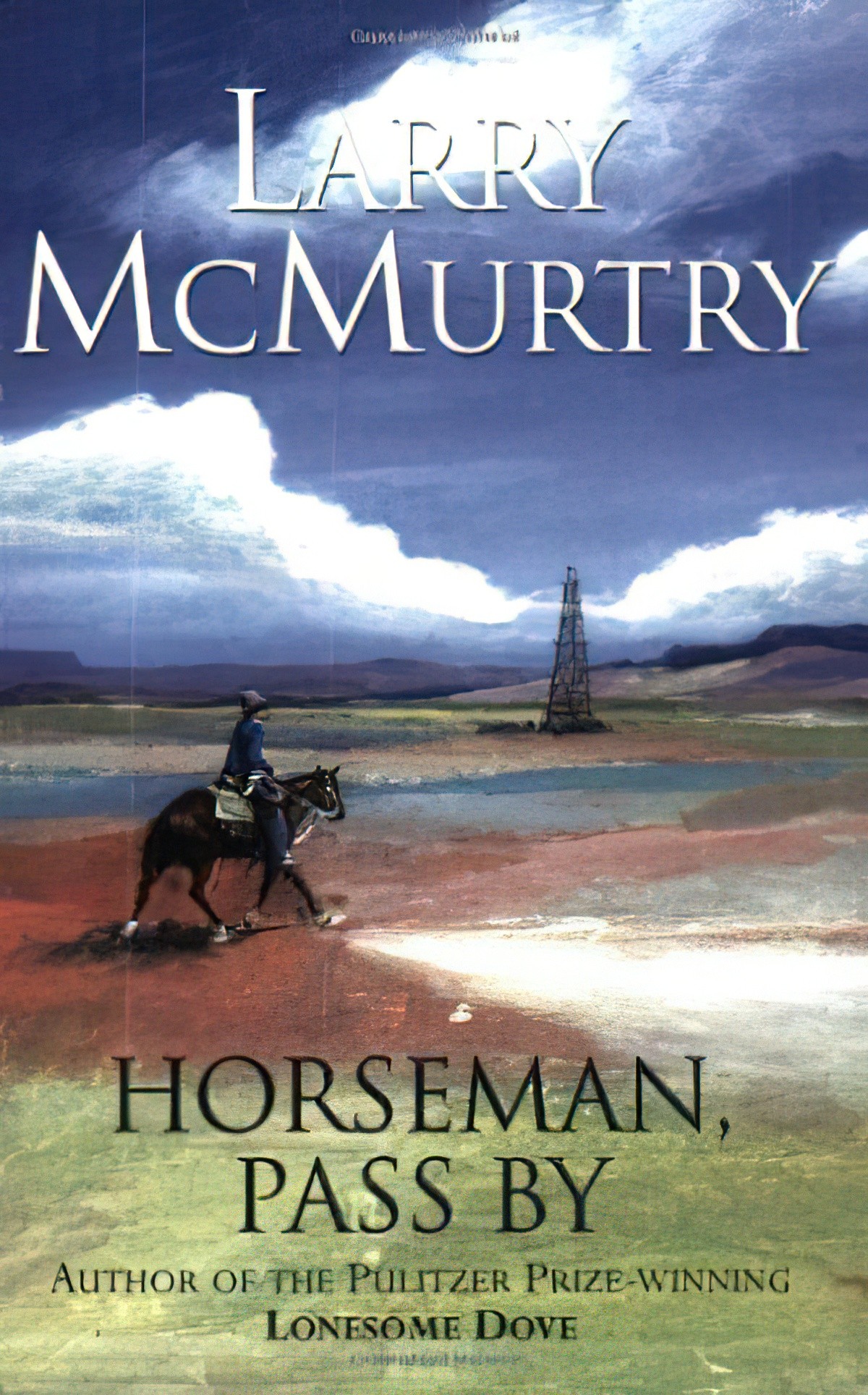
Though rodeo, unlike WWE, is a sport in its own right, predetermined, entertainment wrestling is another profession which requires bodily sacrifice then leaves its heroes basically crippled and forgotten. For a story about a similarly tragic hero watch Mickey Rourke in The Wrestler.
FURTHER READING
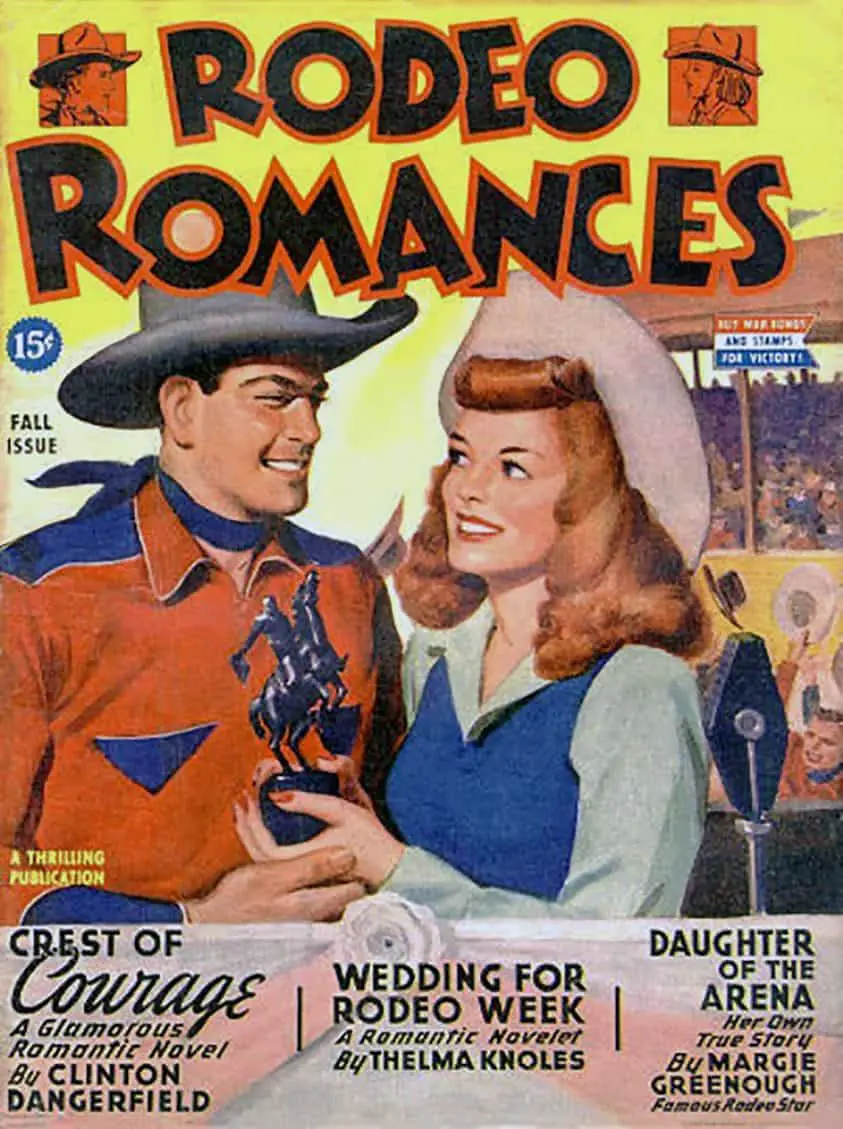
See also what anthropologist Elizabeth Atwood Lawrence has to say about rodeo being a ritualistic re-enacting of the taming of wilderness:
Rodeo people call their sport “more a way of life than a way to make a living.” Rodeo is, in fact, a rite that not only expresses a way of life but perpetuates it, reaffirming in a ritual contest between man and animal the values of American ranching society. Elizabeth Atwood Lawrence uses an interpretive approach to analyze rodeo as a symbolic pageant that reenacts the “winning of the West” and as a stylized expression of frontier attitudes toward man and nature. Rodeo contestants are the modern counterparts of the rugged and individualistic cowboys, and the ethos they inherited is marked by ambivalence: they admire the wild and the free yet desire to tame and conquer.
The first chapter of Beyond Power by Marilyn French explains in great detail about how women are, since the time of agriculture, thought to be part of nature while men struggle to separate themselves from nature in order to become Men.
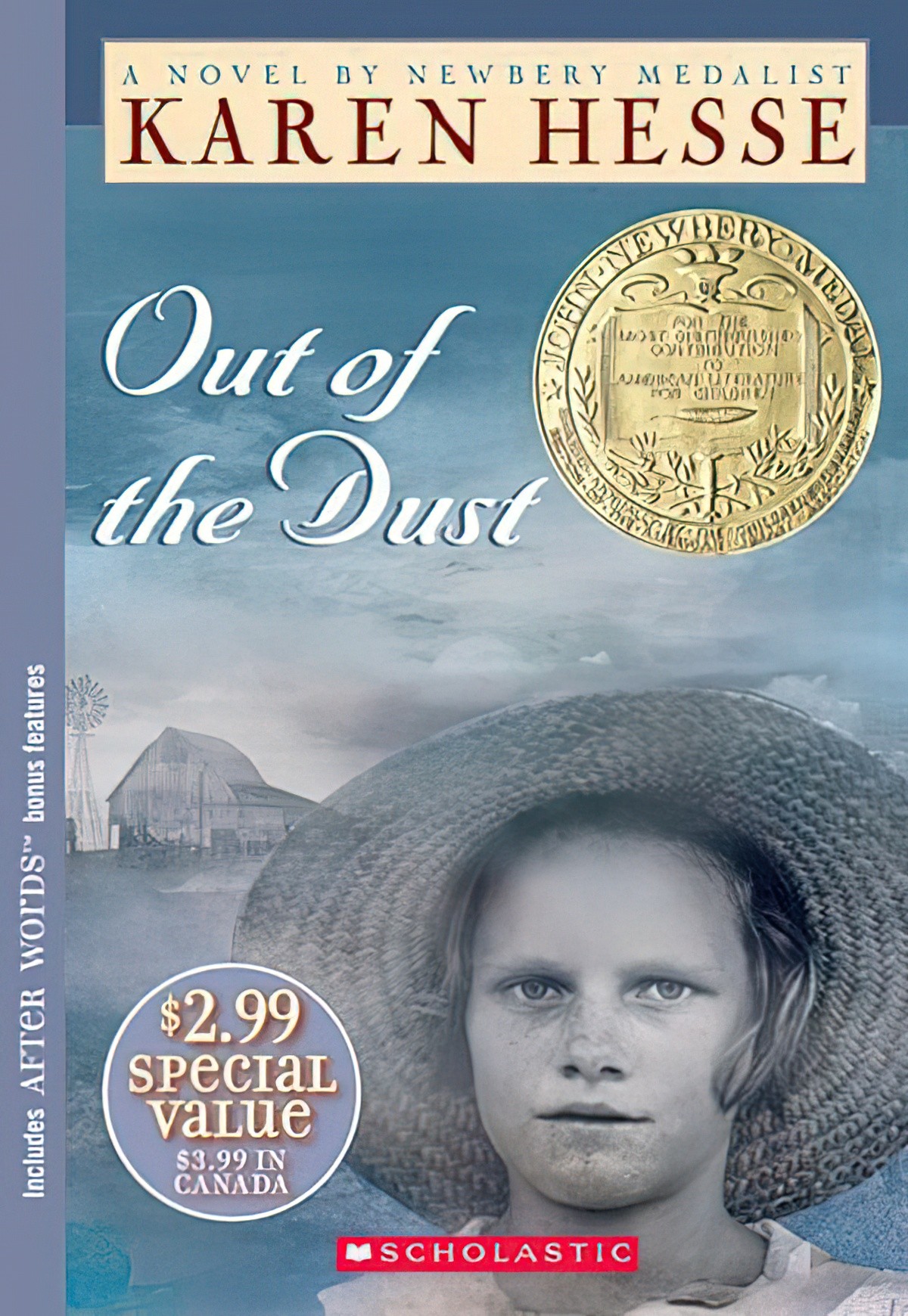
Out of the Dust by Karen Hesse (1997)
When Billie Jo is just fourteen she must endure heart-wrenching ordeals that no child should have to face. The quiet strength she displays while dealing with unspeakable loss is as surprising as it is inspiring.
Written in free verse, this award-winning story is set in the heart of the Great Depression. It chronicles Oklahoma’s staggering dust storms, and the environmental–and emotional–turmoil they leave in their path. An unforgettable tribute to hope and inner strength.
